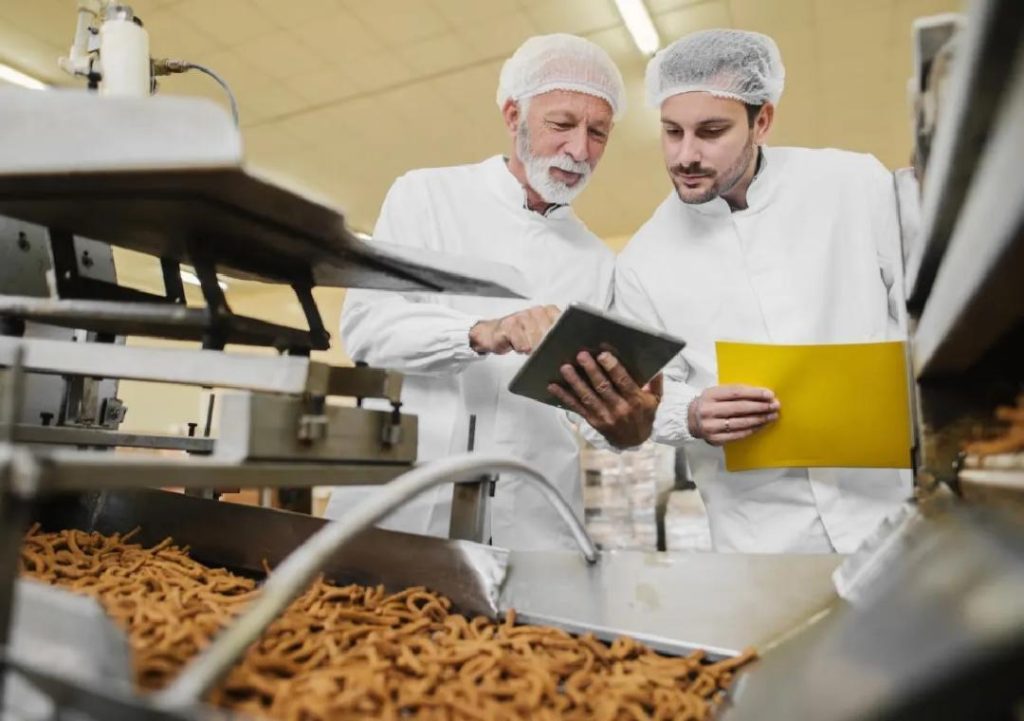
Title: Can P&L Optimisation Redefine Success in Food Technology?
The food technology industry is rapidly evolving, driven by innovations in automation, data analytics, and smart inventory management. As companies strive to stay ahead of the competition, they are increasingly turning to profit and loss (P&L) optimisation to improve their bottom line. By streamlining their P&L operations, food tech businesses can cut waste, sharpen demand forecasting, and support better decision-making – ultimately boosting margins, ensuring sustainable growth, and staying competitive in the industry.
The Importance of P&L Optimisation
In the food technology sector, P&L optimisation is more than just a buzzword – it’s a critical component of success. With increasingly complex supply chains, fluctuating demand, and the need to maintain high-quality products, food tech companies face a unique set of challenges. By optimising their P&L operations, they can:
- Reduce waste: By streamlining production processes and inventory management, food tech companies can significantly reduce waste and save resources.
- Improve demand forecasting: With the help of data analytics, companies can better anticipate demand, ensuring they produce the right quantities of products and avoid overstocking or understocking.
- Support better decision-making: By having access to real-time data and insights, food tech companies can make informed decisions about production, inventory, and pricing, ultimately driving growth and profitability.
The Role of Automation
Automation is a key driver of P&L optimisation in the food technology sector. By automating repetitive tasks, companies can free up resources and reduce the risk of human error. For example, automation can help with:
- Inventory management: Automated inventory management systems can track stock levels, monitor product expiration dates, and alert companies to potential stockouts or overstocking.
- Production planning: Automated production planning systems can help companies plan and schedule production, ensuring that products are manufactured in the most efficient and cost-effective way possible.
- Supply chain management: Automation can help food tech companies track and manage their supply chain, ensuring that products are delivered on time and in the right quantities.
The Benefits of Smart Inventory Systems
Smart inventory systems are another crucial component of P&L optimisation in the food technology sector. These systems use data analytics and machine learning algorithms to track inventory levels, monitor product movement, and predict demand. By using smart inventory systems, food tech companies can:
- Reduce stockouts and overstocking: By having real-time visibility into inventory levels, companies can avoid stockouts and overstocking, which can result in lost sales and revenue.
- Improve inventory turnover: Smart inventory systems can help companies manage their inventory more effectively, reducing the time it takes to sell products and increasing inventory turnover.
- Enhance supply chain visibility: Smart inventory systems provide real-time visibility into the supply chain, enabling companies to track products as they move from production to delivery.
The Power of Data Analytics
Data analytics is a critical component of P&L optimisation in the food technology sector. By leveraging data analytics, companies can gain insights into their operations, identify areas for improvement, and make data-driven decisions. Some of the key benefits of data analytics include:
- Improved forecasting: Data analytics can help companies improve demand forecasting, reducing the risk of stockouts and overstocking.
- Enhanced decision-making: Data analytics provides companies with the insights they need to make informed decisions about production, inventory, and pricing.
- Optimised operations: Data analytics can help companies identify areas for improvement in their operations, enabling them to streamline processes and reduce waste.
Real-World Examples of P&L Optimisation
Several food technology companies are already reaping the benefits of P&L optimisation. For example:
- Meal kit delivery company, Blue Apron, uses data analytics to optimise its production planning and inventory management. By leveraging real-time data and insights, the company can better anticipate demand and reduce waste.
- Food processing company, Schwan’s Food Service, uses automation and data analytics to streamline its P&L operations. By automating repetitive tasks and leveraging real-time data, the company can reduce waste, improve forecasting, and support better decision-making.
- Food manufacturing company, Kraft Heinz, uses smart inventory systems to track and manage its inventory levels. By having real-time visibility into inventory levels, the company can reduce stockouts and overstocking, and improve inventory turnover.
Conclusion
P&L optimisation is a critical component of success in the food technology sector. By streamlining their P&L operations, companies can reduce waste, sharpen demand forecasting, and support better decision-making. Automation, smart inventory systems, and data analytics are key drivers of P&L optimisation, enabling companies to gain real-time insights into their operations and make data-driven decisions.
As the food technology industry continues to evolve, companies that adopt scalable models and leverage P&L optimisation will be best positioned for success. By staying competitive, reducing waste, and improving profitability, food tech companies can ensure sustainable growth and stay ahead of the competition.
News Source:
https://www.growthjockey.com/blogs/p-and-l-operations-in-food-tech






